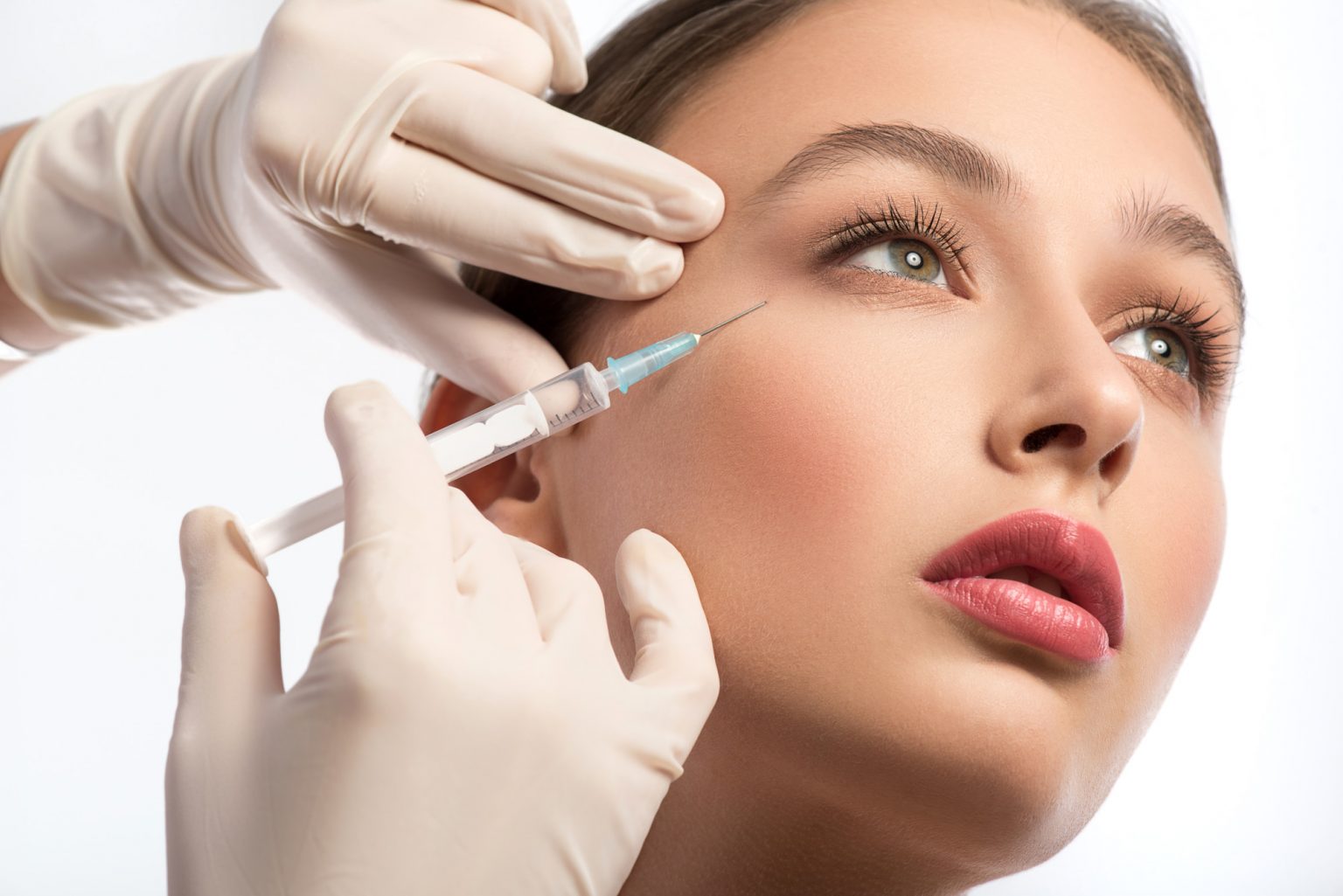Botox is a popular cosmetic treatment that uses a form of botulinum toxin to temporarily paralyze facial muscles and reduce the appearance of wrinkles. The treatment is typically administered by a licensed healthcare professional, such as a dermatologist or plastic surgeon, using a small needle to inject the toxin into specific areas of the face.
The most common areas treated with Botox include the forehead, between the eyebrows, and around the eyes. These areas are known as “dynamic wrinkles,” as they are caused by the repeated contraction of facial muscles over time. Botox works by blocking the signals from the nerves to the muscles, causing them to relax and reducing the appearance of wrinkles.
One of the biggest advantages of Botox is that it is a non-surgical procedure, meaning there is no downtime or recovery period required. The effects typically take about 3-7 days to take full effect and can last for 3-6 months, at which point the treatment must be repeated to maintain the desired results.
Botox is considered a safe treatment with minimal side effects. The most common side effects are mild redness and swelling at the injection site, which typically resolves within a few hours. Rare side effects may include headaches, nausea, and muscle weakness.
Before undergoing Botox treatment, it is important to consult with a qualified healthcare professional to discuss the potential risks and benefits of the procedure. This will help you to make an informed decision about whether Botox is right for you.
Here is a video that shows how Botox is done…
Botox is a popular cosmetic treatment that can help to reduce the appearance of wrinkles and fine lines on the face. It is a non-surgical procedure that is typically administered by a licensed healthcare professional. Although there are some potential risks and side effects associated with Botox, it is generally considered safe and effective when used as directed. It’s always important to consult with a qualified healthcare professional before undergoing any treatment.
*Disclaimer: The information and answers contained in this section provide a general guide to laws that apply to “medical spas”. The information contained on this site is for general reference only. This information is not intended to provide legal advice, and it should not be relied upon as legal advice. This information is not intended to create, and receipt of it does not constitute, an attorney-client relationship. Readers: You should not act upon this information without seeking knowledgeable legal counsel that takes the laws of your jurisdiction into account. All uses of the content of this site, other than personal uses, are prohibited.

